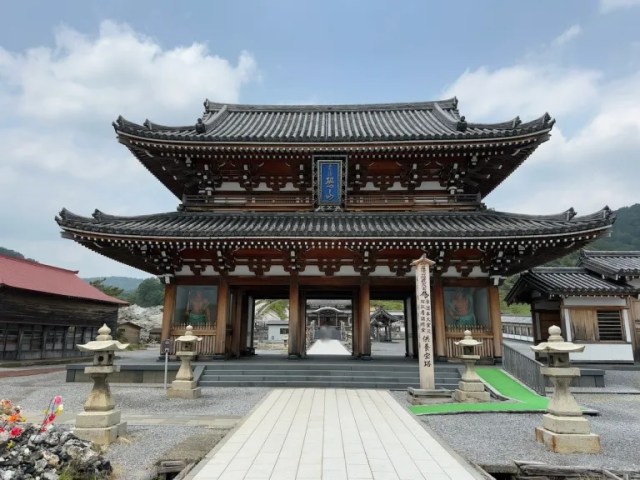
We find hell and paradise both at Aomori’s Osorezan.
If you keep heading north as far as you can on Japan’s main island of Hokkaido, you’ll come to Aomori Prefecture, and if you keep heading north as far as you can in Aomori, you’ll eventually arrive at the Shimokita Peninsula. Shimokita isn’t just the end of the line in a geographic sense, though, but in a figurative, spiritual one too, as the peninsula is where you’ll find Osorezan, or Mt. Osore.
Osore is the Japanese word for “fear” or “terror,” and Osorezan, with its desolate rocky terrain and sulfuric gas seeping out from below ground, is felt to bear more than a passing resemblance to Buddhist descriptions of hell and the afterlife. Osorezan is considered one of the three most sacred places in Japan as a gathering place for spirits of the dead, and on her recent travels in northern Japan, our Japanese-language reporter Saya Togashi decided to make her first visit.
As you might expect for someplace that’s thought of as a meeting point between our world and the afterlife, Osorezan is a bit out of the way. The closest train stop is Shimokita Station on the Ominato Line, and from there it’s a 45-minute drive or bus ride to Bodaiji, Osorezan’s temple.
As she approached the temple, Saya began smelling sulfur and seeing jizo, roadside statues of monks meant to serve as guiding protectors of travelers and children, including those who died during childbirth.
As a famous temple, Bodaiji (which is open from May 1 to October 31 and closed to visitors the rest of the year) gets its share of sightseers during festivals. But on the day Saya visited, there were no special events planned, and she had the place almost completely to herself.
It wasn’t just the lack of crowds that created an atmosphere of isolation, either. Many of Japan’s prominent temples, such as the ones you’ll find in Kyoto and Nara, were built in cities that were already large at the time of the temples’ founding, and which have seen continued development in the years since. Bodaiji’s surroundings, though, are thoroughly rural, and the unobstructed views of wide expanses of sky also contributed to a mysterious feeling as Saya walked toward the entrance to the temple grounds.
Admission is 700 yen (US$4.65) and includes access to the interior of the main hall, which houses a Jizo Bodhisattva/Ksitigarbha statue (photography is not allowed inside the hall). Bodaiji also has a temple lodge where travelers can spend the night, and Saya was surprised to learn that there are even hot spring baths.
▼ The hot spring bath buildings
But more than any of the buildings or man-made facilities, it’s the natural scenery that brings people to Osorezan.
As Saya went deeper into the rocky terrain, the smell of sulfur intensified, and she began to see piles of rocks that other visitors had made, following the folklore that says doing so will make it easier for souls to reach the far side of the Sanzu River, a mythical waterway they must cross as part of their voyage to the afterlife.
▼ Groundwater running yellow after mixing with sulfur
Another unique sight of Osorezan are pinwheels.
The cheerful-looking markers are said to help comfort and shepherd the souls of stillborn children. For a 500-yen donation, visitors can purchase one to place on he grounds.
Though Saya knows the scientific explanation probably has something to do with variations in air flow as wind blows over the rocky hills, plus subtle variations in construction from piece to piece, more than once she felt like a section of pinwheels that had been motionless as began to spin as she drew near, only to abruptly stop once she’d walked past them. She also observed times when a single pinwheel would seem to spring to life all by itself, spinning around and around while its neighbors stayed still.
Along the route are various markers, likening specific spots to the 136 hells of Japanese Buddhist belief. But for those who persevere and make it past them…
…the beautiful Lake Usori is waiting for you.
This tranquil body of water sits in the mountain’s caldera, and is so expansive that it sometimes feels more like you’re looking out at the ocean (and much like the ocean, the water isn’t drinkable, though due to its sulfur content, not salt), The view from the shore is so calming that it’s come to be called Gokurakuhama, or “Paradise Beach.”
Having put in a lot of steps getting here, Saya decided to sit down and rest for a while, and her thoughts drifted to how different Osorezan feels from Wakayama Prefecture’s Koyasan and Kyoto’s Hieizan, the other two members of Japan’s three most sacred places for spirits of the deceased. At Koysan and Hieizan, it was the temple buildings themselves that left the deepest impression on Saya, with their culturally significant architecture giving them a sense of spectacle and majesty.
At Osorezan, though, it’s the open-air areas where Saya felt the strongest sense of place. In the solitude of unfamiliar scenery, Saya found herself repeatedly thinking of her parents, who passed away more than 10 years ago, and she’s honestly not sure how long she sat there thinking about the flow of time and humanity from the past to the present, and from the present to the future.
Leaving the temple and heading back to her car, Saya felt like her body and soul had both just gone on a little journey, and while she realizes Bodaiji’s location means it isn’t the easiest place to get to, she thinks it’s definitely worth the extra effort.
Temple information
Bodaiji / 菩提寺
Address: Aomori-ken, Mutsu-shi, Tanabyusoriyama
青森県むつ市田名部宇曽利山3-2
Website
Open May 1-October 31
Website
Photos ©SoraNews24
● Want to hear about SoraNews24’s latest articles as soon as they’re published? Follow us on Facebook and Twitter!
[ Read in Japanese ]

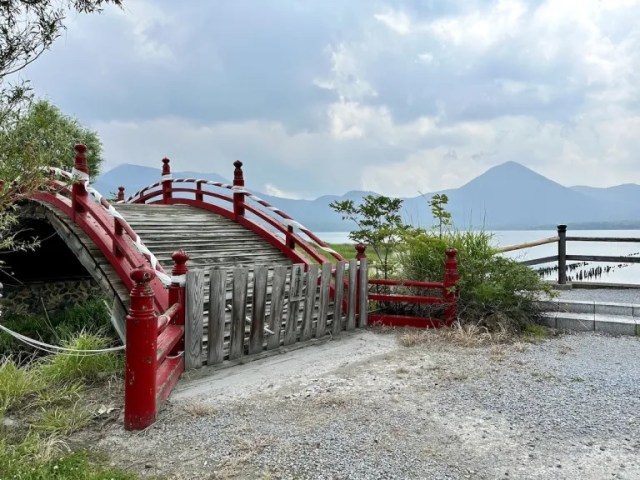
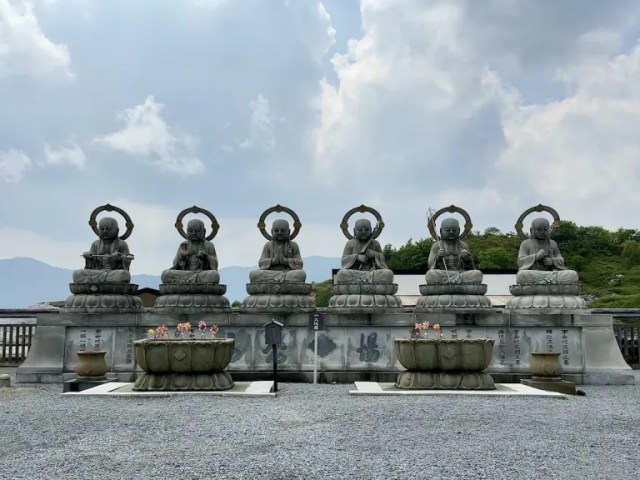
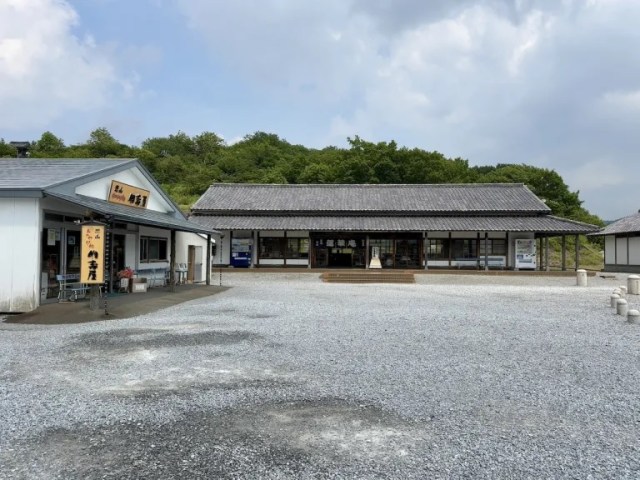
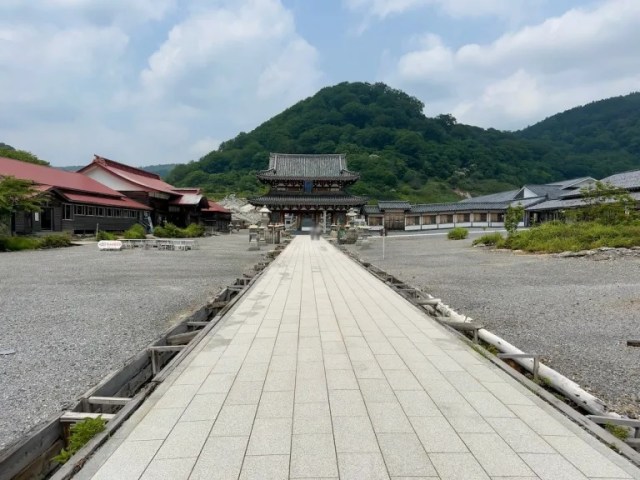
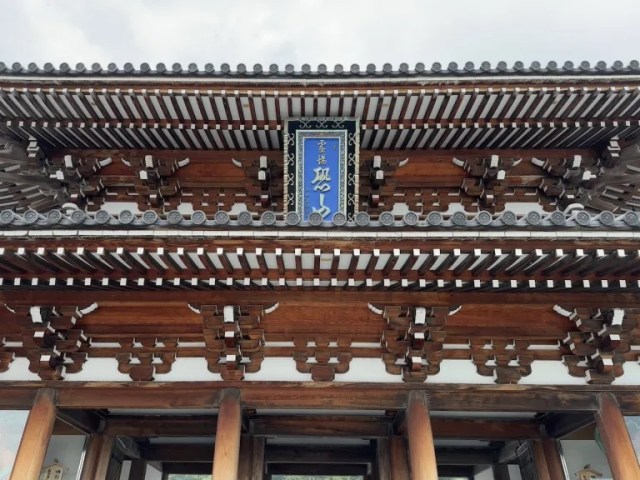
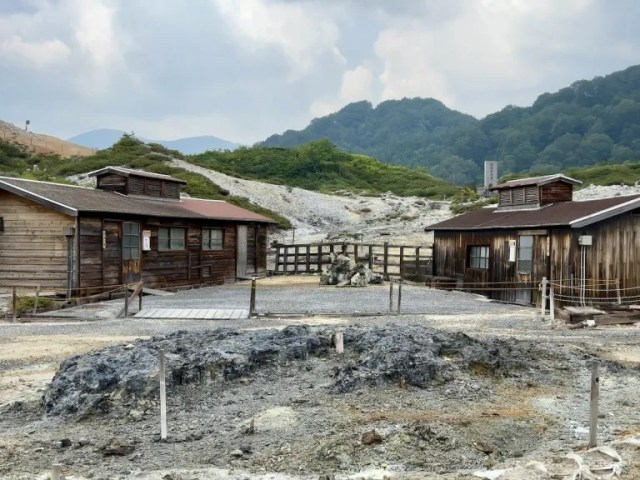
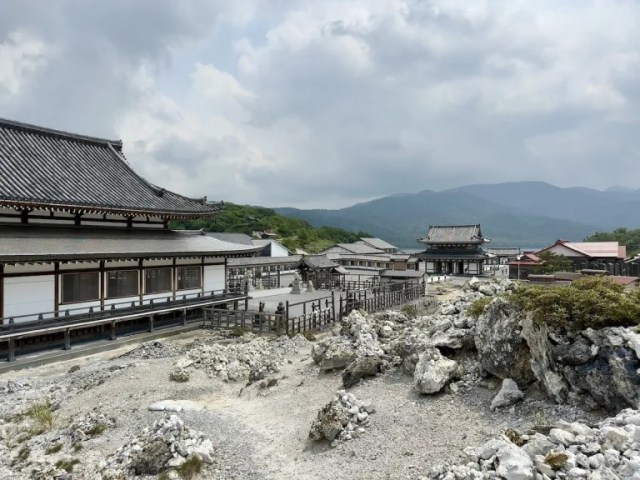
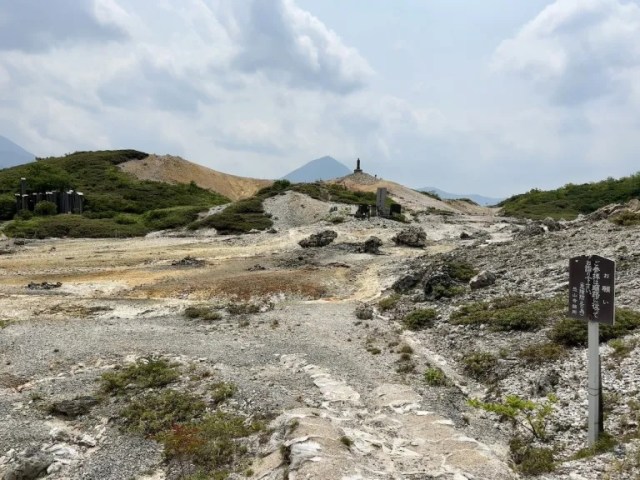
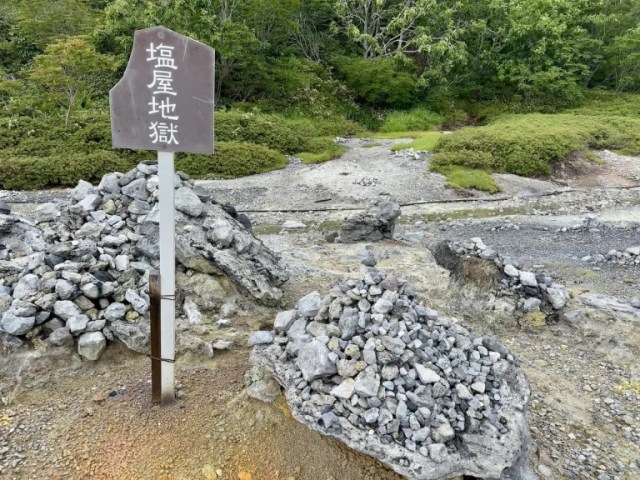
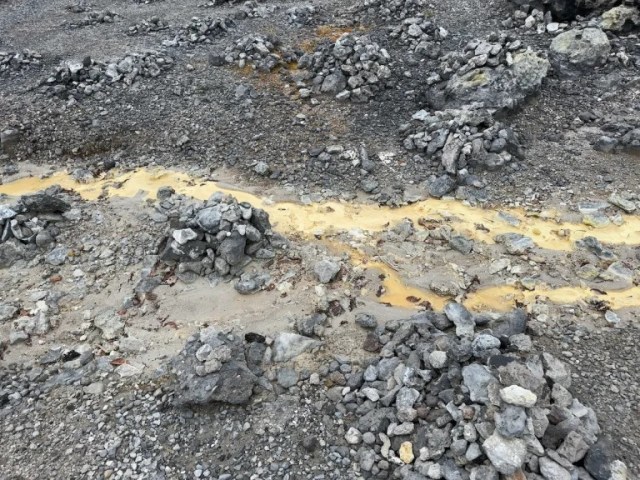
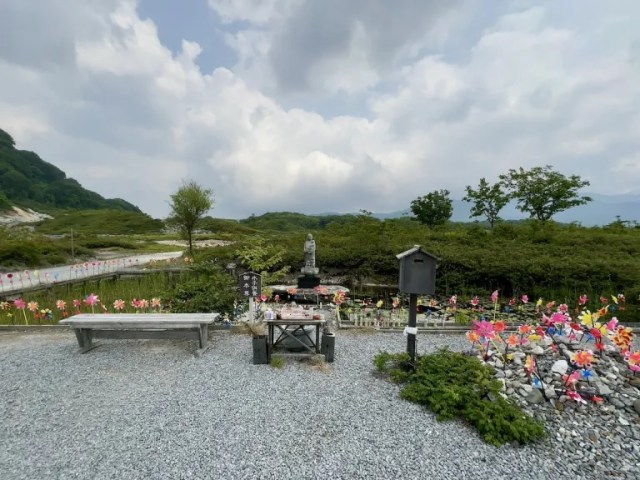
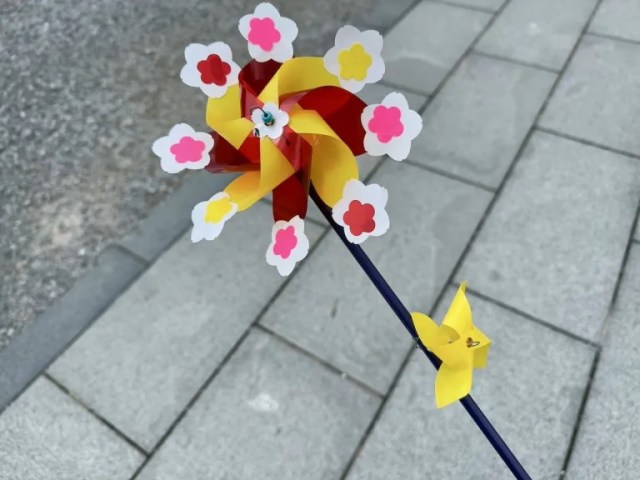
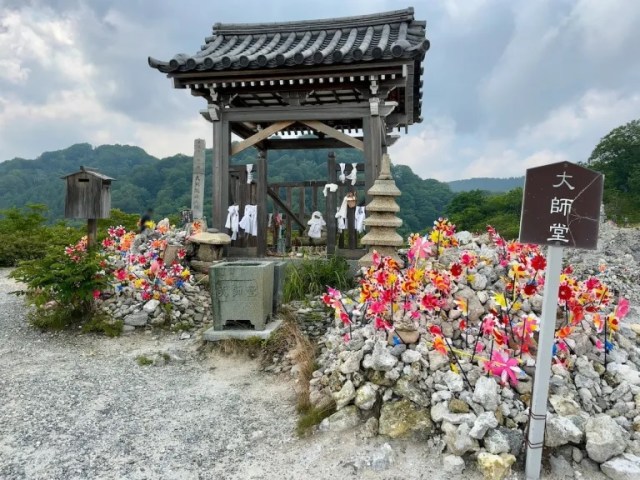
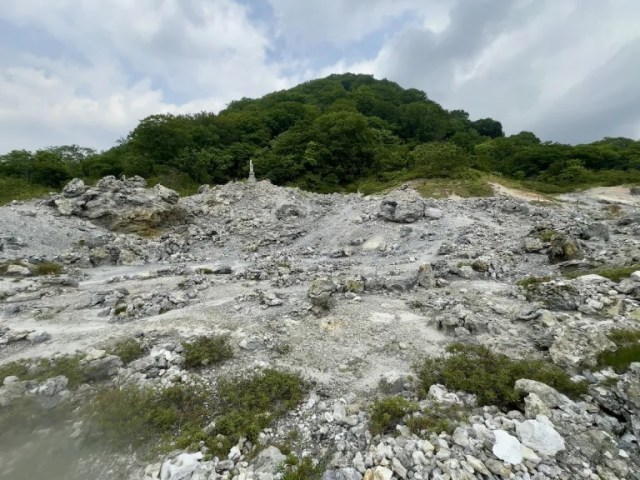
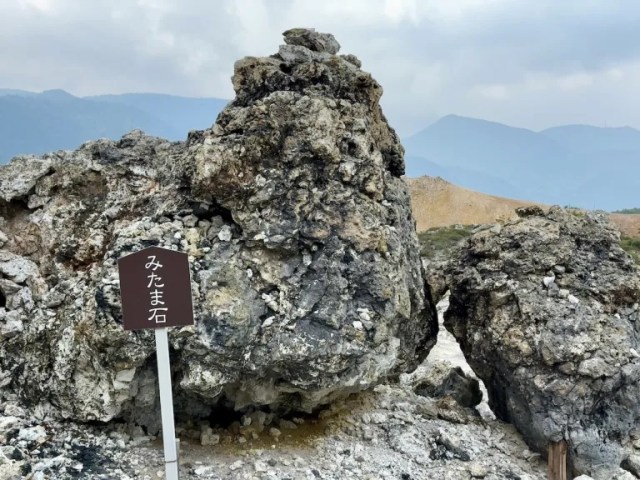
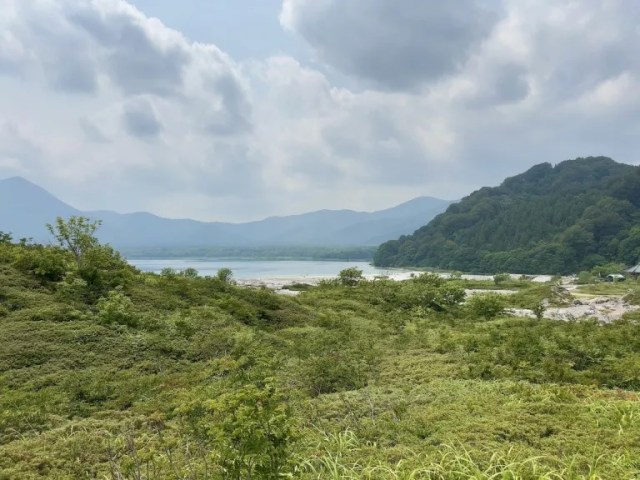
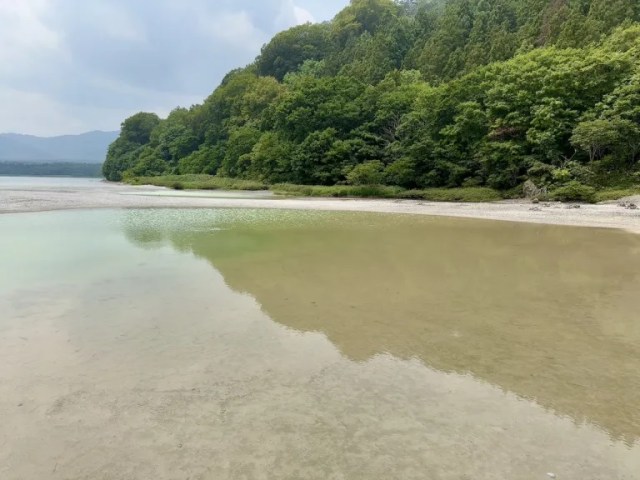
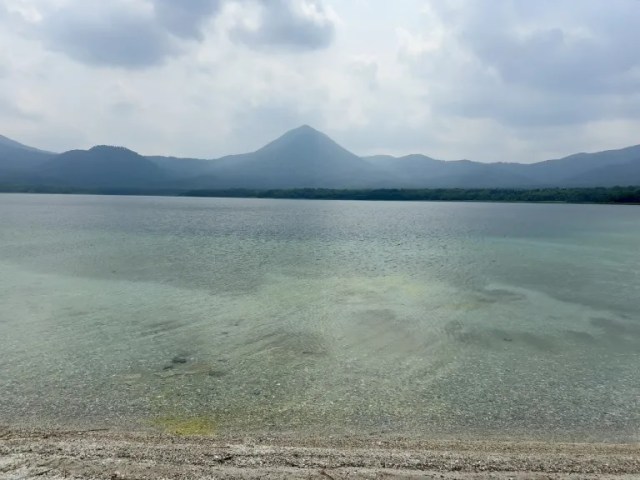
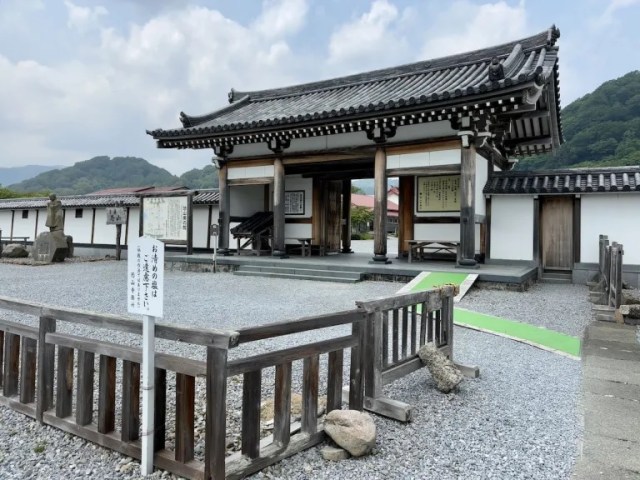
 Japan’s most charming train: Automated people mover includes facial recognition technology
Japan’s most charming train: Automated people mover includes facial recognition technology Japan’s northernmost brewery on the mainland is…a temple?!?
Japan’s northernmost brewery on the mainland is…a temple?!? Staying one step ahead of the tourist crowds with a visit to Japan’s main Mt. Fuji shrine【Photos】
Staying one step ahead of the tourist crowds with a visit to Japan’s main Mt. Fuji shrine【Photos】 BBQ, beer, and Matsushima Bay: We visit Japan’s most relaxing beer garden during a trip up north
BBQ, beer, and Matsushima Bay: We visit Japan’s most relaxing beer garden during a trip up north Temple camping in Japan at Wakayama’s Daitaiji【Photos】
Temple camping in Japan at Wakayama’s Daitaiji【Photos】 Starbucks Japan releases new drinkware and goods for Valentine’s Day
Starbucks Japan releases new drinkware and goods for Valentine’s Day Massive manga collaboration bringing 100 years of Shueisha manga to Uniqlo T-shirts【Photos】
Massive manga collaboration bringing 100 years of Shueisha manga to Uniqlo T-shirts【Photos】 The Yellow Lucky Bag from Village Vanguard is so bad it may damage Japan-US relations
The Yellow Lucky Bag from Village Vanguard is so bad it may damage Japan-US relations Finally! Nintendo Japan expands Switch 8-bit controller sales to everybody, Online member or not
Finally! Nintendo Japan expands Switch 8-bit controller sales to everybody, Online member or not Pizza Hut x Tamagotchi collaboration features first-ever pink-dough pizza
Pizza Hut x Tamagotchi collaboration features first-ever pink-dough pizza Majority of Japanese women in survey regret marrying their husband, but that’s only half the story
Majority of Japanese women in survey regret marrying their husband, but that’s only half the story Visiting Hokkaido’s adorable and awesome Asahikawa rice paddy art【Photos】
Visiting Hokkaido’s adorable and awesome Asahikawa rice paddy art【Photos】 Defector: Gaming culture is alive and well in North Korea, popular titles include GTA V and FIFA
Defector: Gaming culture is alive and well in North Korea, popular titles include GTA V and FIFA Foreign resident of Japan starts work as city’s first-ever non-Japanese rickshaw puller【Photos】
Foreign resident of Japan starts work as city’s first-ever non-Japanese rickshaw puller【Photos】 Pokémon Lego kits are finally on their way!【Photos】
Pokémon Lego kits are finally on their way!【Photos】 Starbucks Japan releases new Frappuccino and latte for Valentine’s Day
Starbucks Japan releases new Frappuccino and latte for Valentine’s Day Our 52-year-old pole dancing reporter shares his tips for achieving your New Year’s exercise goal
Our 52-year-old pole dancing reporter shares his tips for achieving your New Year’s exercise goal 10 times to avoid traveling in Japan in 2026
10 times to avoid traveling in Japan in 2026 Ramen restaurant’s English menu prices are nearly double its Japanese ones, denies discriminating
Ramen restaurant’s English menu prices are nearly double its Japanese ones, denies discriminating Princess Mononoke magnets return just in time to treat yourself to awesome anime decorations
Princess Mononoke magnets return just in time to treat yourself to awesome anime decorations Giant hotel rooms in Osaka reflect the new non-niche face of travel in Japan.
Giant hotel rooms in Osaka reflect the new non-niche face of travel in Japan. Japanese women showing rebounding interest in giving Valentine’s Day chocolate【Survey】
Japanese women showing rebounding interest in giving Valentine’s Day chocolate【Survey】 Umamusume anime girl plushie recalled for having parts she absolutely should not have【Pics】
Umamusume anime girl plushie recalled for having parts she absolutely should not have【Pics】 What’s inside Starbucks Japan’s fukubukuro lucky bag for 2026?
What’s inside Starbucks Japan’s fukubukuro lucky bag for 2026? Starbucks Japan ready to get Year of the Horse started with adorable drinkware and plushies【Pics】
Starbucks Japan ready to get Year of the Horse started with adorable drinkware and plushies【Pics】 7-Eleven Japan starts new temporary luggage storage service in over 300 branches
7-Eleven Japan starts new temporary luggage storage service in over 300 branches Disillusionment at Tsukiji’s tourist-target prices led us to a great ramen restaurant in Tokyo
Disillusionment at Tsukiji’s tourist-target prices led us to a great ramen restaurant in Tokyo Starbucks teams up with 166-year-old Kyoto doll maker for Year of the Horse decorations【Photos】
Starbucks teams up with 166-year-old Kyoto doll maker for Year of the Horse decorations【Photos】 Tokyo’s Tsukiji sushi neighborhood asks tour groups to stay away for the rest of the month
Tokyo’s Tsukiji sushi neighborhood asks tour groups to stay away for the rest of the month Survey asks foreign tourists what bothered them in Japan, more than half gave same answer
Survey asks foreign tourists what bothered them in Japan, more than half gave same answer Japan’s human washing machines will go on sale to general public, demos to be held in Tokyo
Japan’s human washing machines will go on sale to general public, demos to be held in Tokyo We deeply regret going into this tunnel on our walk in the mountains of Japan
We deeply regret going into this tunnel on our walk in the mountains of Japan Studio Ghibli releases Kodama forest spirits from Princess Mononoke to light up your home
Studio Ghibli releases Kodama forest spirits from Princess Mononoke to light up your home Major Japanese hotel chain says reservations via overseas booking sites may not be valid
Major Japanese hotel chain says reservations via overseas booking sites may not be valid Put sesame oil in your coffee? Japanese maker says it’s the best way to start your day【Taste test】
Put sesame oil in your coffee? Japanese maker says it’s the best way to start your day【Taste test】 No more using real katana for tourism activities, Japan’s National Police Agency says
No more using real katana for tourism activities, Japan’s National Police Agency says Starbucks Japan reveals new sakura drinkware collection, inspired by evening cherry blossoms
Starbucks Japan reveals new sakura drinkware collection, inspired by evening cherry blossoms Updated cherry blossom forecast shows extra-long sakura season for Japan this year
Updated cherry blossom forecast shows extra-long sakura season for Japan this year Searching for Japan’s “river of the dead” in Tottori Prefecture【Photos】
Searching for Japan’s “river of the dead” in Tottori Prefecture【Photos】 A visit to Japan’s cat beautiful, quirky, and touching cat temple, Unrinji【Photos】
A visit to Japan’s cat beautiful, quirky, and touching cat temple, Unrinji【Photos】 Japan’s craziest train station has a giant with light-up eyes growing out of its wall【Photos】
Japan’s craziest train station has a giant with light-up eyes growing out of its wall【Photos】 Dragon reformation and the largest clay Budda in Japan: A visit to Okadera Temple【Photos】
Dragon reformation and the largest clay Budda in Japan: A visit to Okadera Temple【Photos】 A visit to Japan’s priest murder party cliffs of Tojinbo【Photos】
A visit to Japan’s priest murder party cliffs of Tojinbo【Photos】 Cruising around Gunkanjima, Japan’s otherworldly “Battleship Island”【Photos】
Cruising around Gunkanjima, Japan’s otherworldly “Battleship Island”【Photos】
Leave a Reply